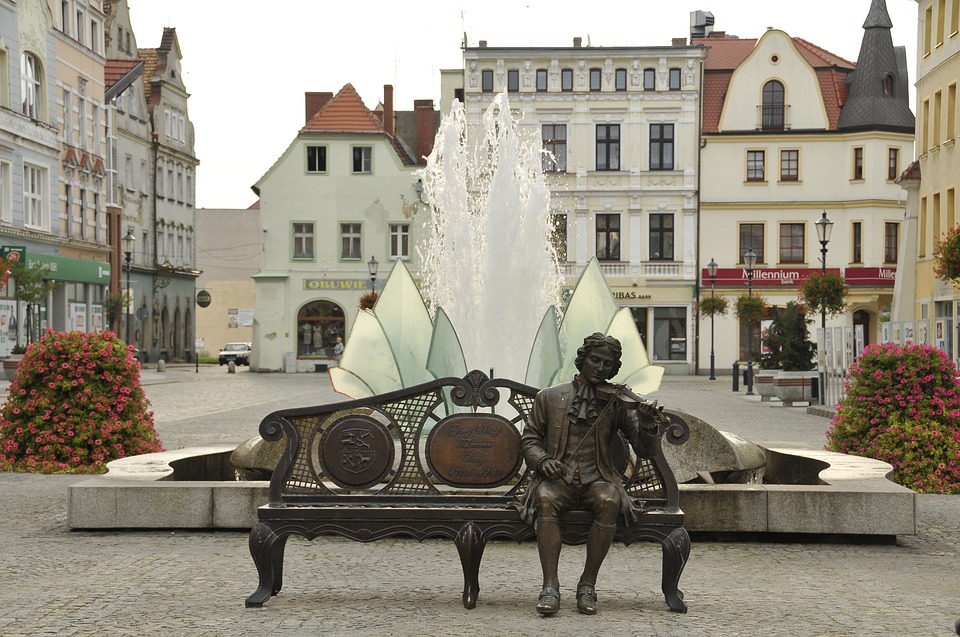Georg Philipp Telemann was one of the most prominent composers of the baroque era. Widely respected and well-known throughout Europe, he was a friend of Johann Sebastian Bach and corresponded with Handel. A self-taught musician, Telemann early on became adept at playing many instruments, including organ, violin, recorder, viola da gamba, double bass, flute, oboe and bass trombone.
Initially setting out to study law in Leipzig, his musical talents were quickly discovered. After holding a number of posts in Leipzig, Sorau, Eisenach and Frankfurt, in 1721 Telemann became music director in Hamburg of five churches as well as its opera, and remained in Hamburg for the rest of life. Telemann traveled widely throughout Europe, and was familiar with many different styles and schools of musical composition. He was a prolific composer, writing thousands of compositions, many of which survive. His output included operas, cantatas, orchestral suites, concertos, and chamber music.
The concerto grosso we’re playing today was composed by Telemann in 1716 to celebrate the birth of Prince Leopold, heir to Emperor Charles VI in Frankfurt. As befitting the occasion, Telemann scored it for an impressive array of instruments, including three trumpets and two oboes, highlighting them effectively throughout this piece.
The concerto opens with a stately intrada in “French Overture” style, with dotted rhythms.
The second movement is a fugal allegro, first introduced by the violins and oboes, and taken up by the other instruments in turn.
The aria-like third movement features a lyrical oboe solo set against a background of soft strings and continuo.
The dance-like last movement closes out the concerto in joyous fashion, befitting the occasion for which it was written.
Concerto Grosso
for 3 trumpets, 2 oboes, timpani, strings & continuo TWV 54:D3
By Georg Philipp Telemann






